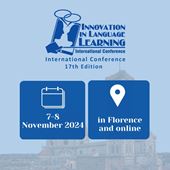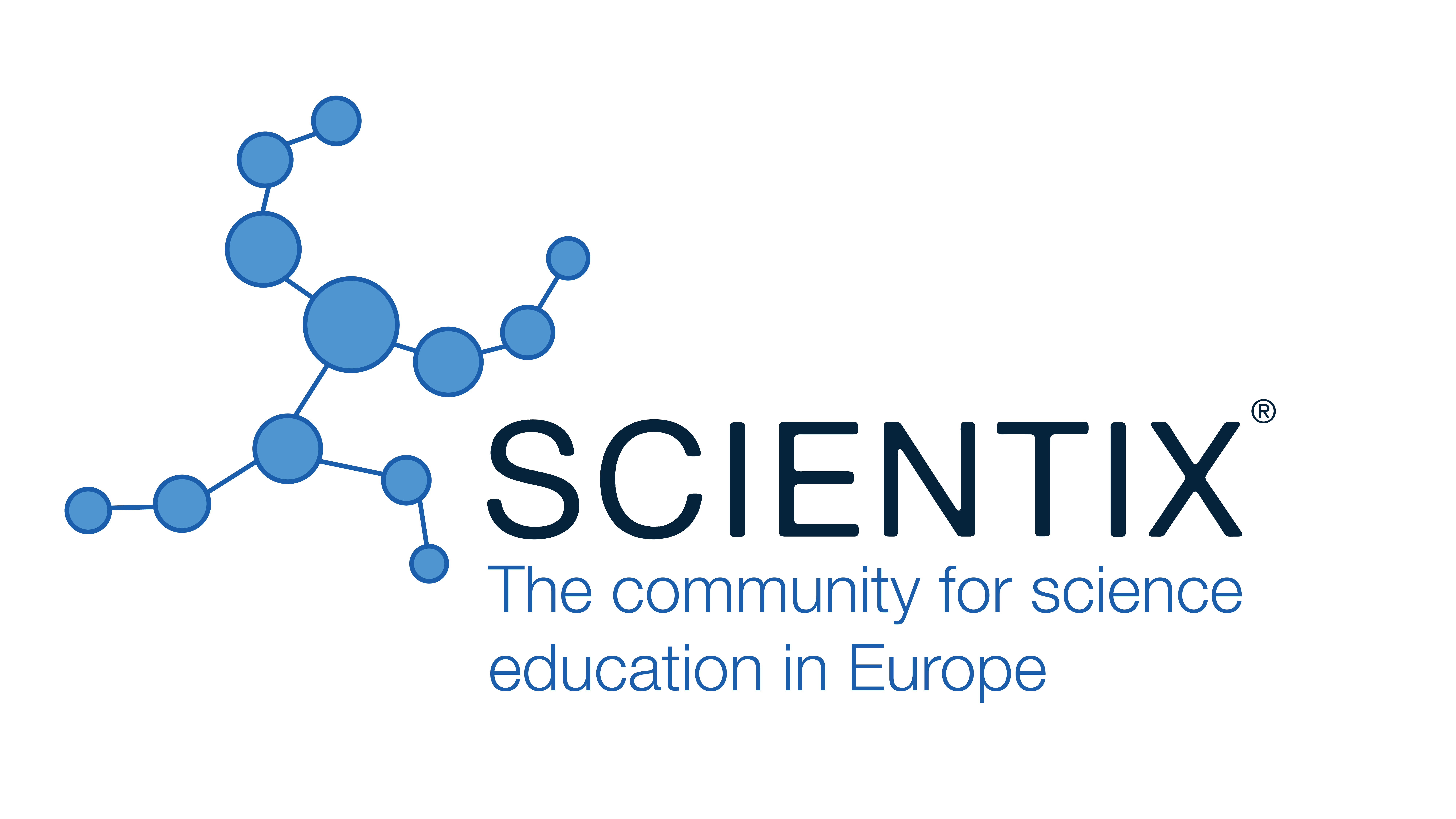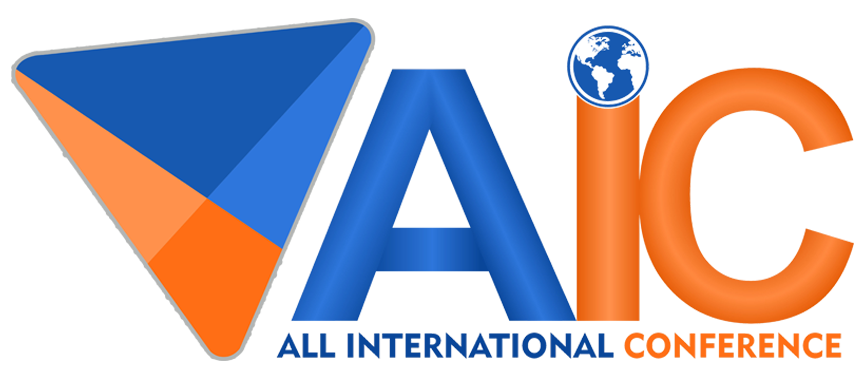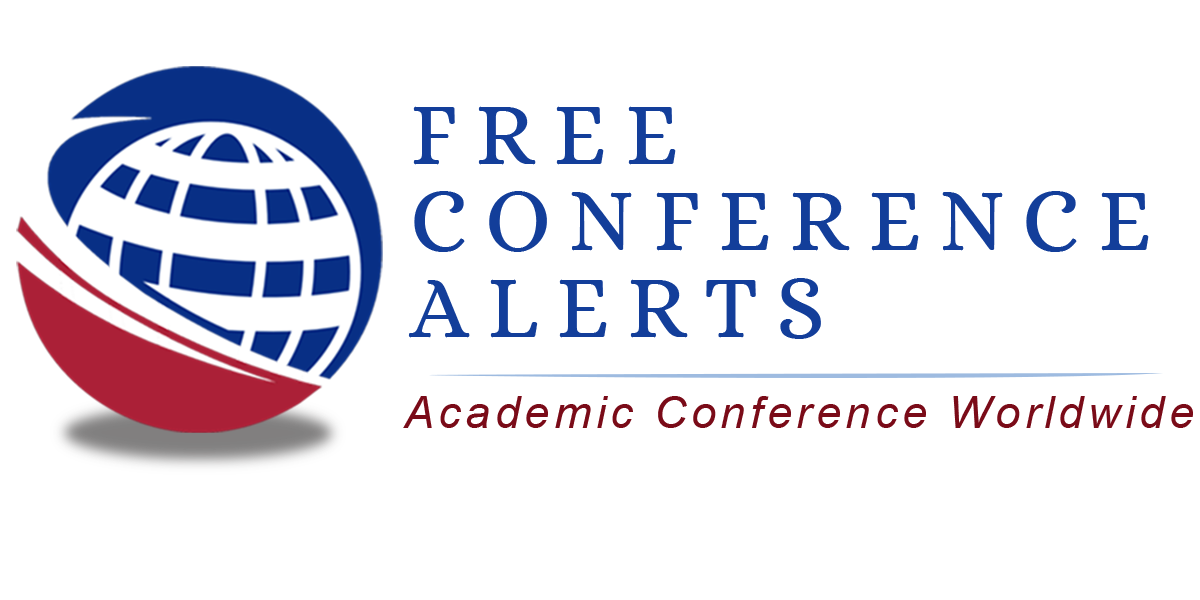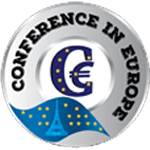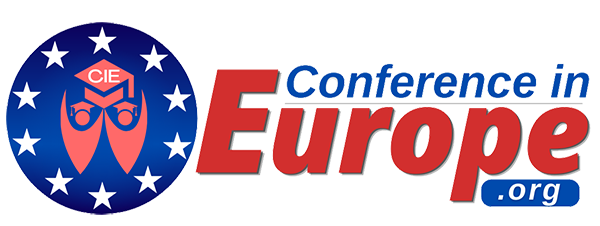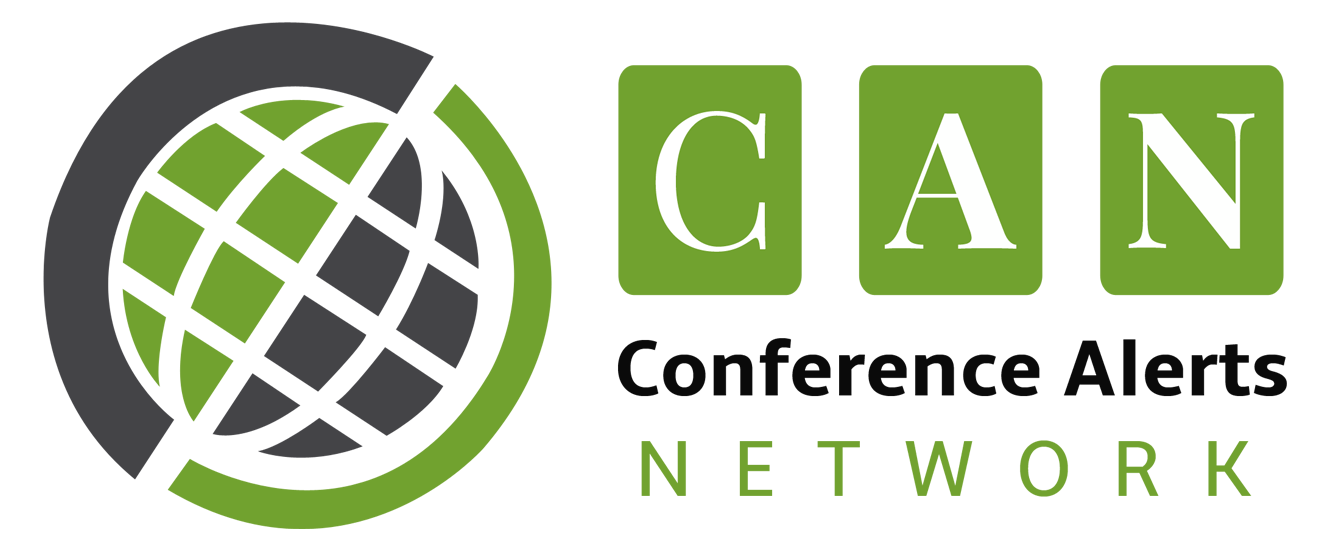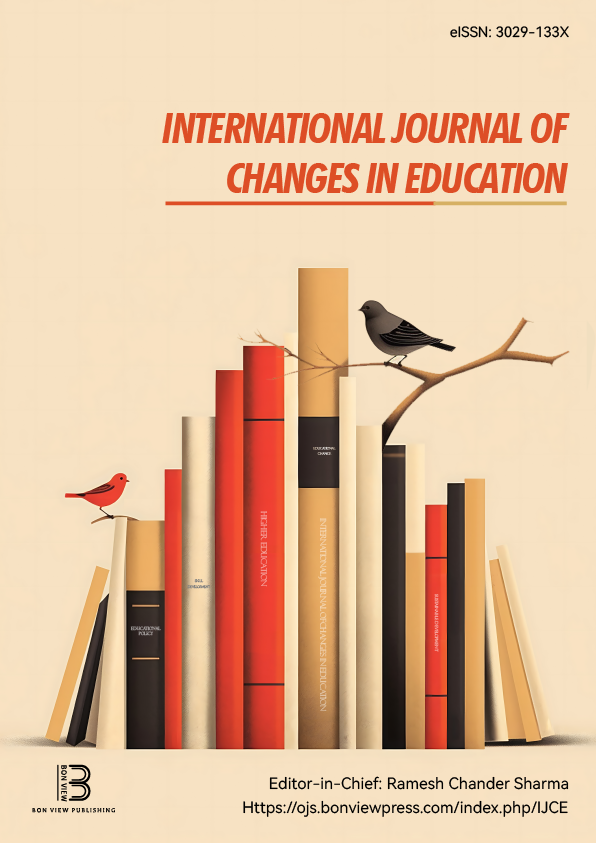Rubric elaboration to evaluate a Physics Laboratory practice: Indirect measurement of the speed of light
Enrique Arribas, Applied Physics Department, Faculty of Computer Science Engineering, University of Castilla-La Mancha, Avda de España s/n, Campus Universitario, 02071 Albacete, Spain. MORFEO Research Group, University of Castilla-La Mancha, Spain. (Spain)
Isabel Escobar, Applied Physics Department, Faculty of Computer Science Engineering, University of Castilla-La Mancha, Avda de España s/n, Campus Universitario, 02071 Albacete, Spain MORFEO Research Group, University of Castilla-La Mancha, Spain. (Spain)
Raquel Ramirez-Vazquez, University of Castilla-La Mancha, Applied Physics Department, Polytechnic School of Cuenca, University Campus, 16071-Cuenca, Spain MORFEO Research Group, University of Castilla-La Mancha, Spain. (Spain)
Darko Šuka, University of East Sarajevo, Faculty of Electrical Engineering, East Sarajevo, Bosnia and Herzegovina (Bosnia and Herzegovina)
Juana Despaigne, Cuqui Bosch Pre-University Institute, Department of Exact Sciences, Santiago de Cuba. (Cuba)
Augusto Belendez, Physics Department, Systems Engineering and Signal Theory, University of Alicante, San Vicente del Raspeig Road - 03690 San Vicente del Raspeig, Alicante, Spain (Spain)
Abstract
Many properties of light have represented a major challenge to humanity for centuries. Aristoteles and Descartes believed that its speed was infinite until in the second half of the 17th century, when the first measurements began to be made. The speed of light in vacuum (c) is a universal constant with an exact value in the International System of Units of 299792458 m/s. In the air, its value is 299705543 m/s, and this speed does not depend on the reference system in which it is measured.
Competence-based education is oriented towards an evaluation model linked to student training, encouraging the development of abilities to identify and solve problems and make informed decisions. Rubrics for evaluating competencies have emerged as a tool that enables the collection of evidence of competency acquisition and the application of knowledge outside the classroom.
In this work, we present a proposal for a turbulent to evaluate competencies for a Physics laboratory practice in which the speed of light is measured indirectly. First, the electrical permittivity of air , is obtained, using a capacitance meter to measure the capacitance of a parallel-plate capacitor while varying the separation between its plates. Through least squares fit, the slope of the resulting line is calculated, which is related to .
Next, the magnetic permittivity of air is obtained by using a solenoid through which different currents are circulated, and the magnetic field at its center is measured using a smartphone´s magnetic sensor. Again, through least squares fit, the slope of the resulting line is calculated, which is related to .
Once and have been obtained, the speed of light is calculated by using the expression , with its corresponding absolute and relative errors.
 New Perspectives in Science Education
New Perspectives in Science Education


